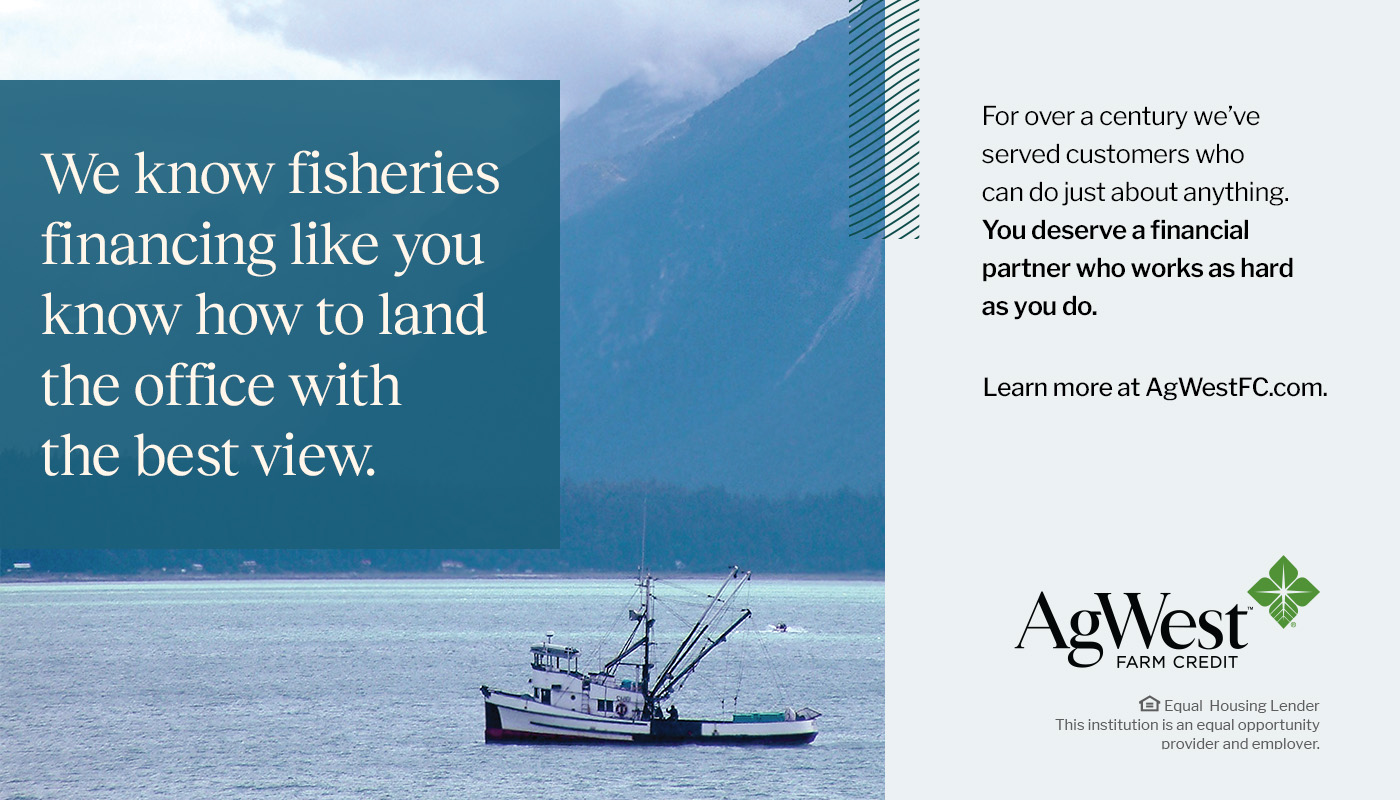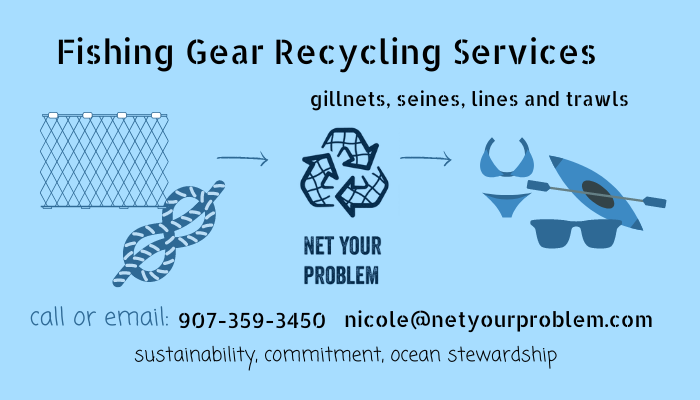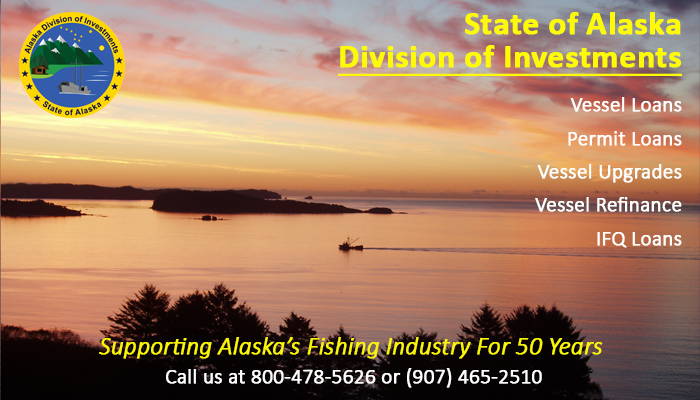Fish Factor by Laine Welch
February 20, 2021
Alaskans are preparing for another salmon season of poor to average runs to most regions.
The big exception once again is at Bristol Bay where another massive return of more than 51 million sockeyes is expected. Managers predict that surge will produce a harvest of over 36 million reds to fishermen.
Bristol Bay is home to the largest wild sockeye salmon run in the world and typically accounts for 42% of the world’s sockeye harvest. Those fish and all wild salmon compete in a tough worldwide commodities market, where Alaska salmon claims 13% of the global supply. Farmed salmon production, which outnumbers wild harvests by nearly three to one, is Alaska’s biggest competitor; the other is Russia.
According to global seafood trading company Tradex, Pacific salmon catches from Russia are projected to top one billion pounds in 2021. As a comparison, Alaska’s 2020 catch of nearly 117 million salmon weighed in at just over 500 million pounds.
The Russian catch breaks down to more than 700 million pounds of pinks, nearly 206 million pounds of chum salmon, 70.6 million pounds of sockeyes, over 24 million pounds of coho salmon and 8.8 million pounds of Chinook.
Sockeyes are Alaska’s big money maker, comprising well over one-third of the salmon fishery’s total value each year, and the market outlook continues to be encouraging.
“The global sockeye market continues to strong and it continues to be a popular and a sought after product,” said Tasha Cadence, a Tradex spokesperson.
That is borne out at home, said Rising Tides Communications of Anchorage which handles marketing across all platforms for the fishermen funded/operated Bristol Bay Regional Seafood Development Association.
“Despite a wild ride during a global pandemic, the BBRSDA marketing program had an incredibly successful year,” Rising Tide wrote in its annual report. “On the retail side, in spite of several pandemic-related retail promotion cancellations, we grew from 800 retail promotions in 2019 to 2200 in 2020 - a 175% increase. The average ‘lift’ experienced by our retail partners during our promotions grew from 34% in 2019 to 52% in 2020.”
Tradex’s Cadence recommended that buyers “purchase enough sockeye for your future requirements if you want to continue to have a salmon program” and added that “prices are high but remain steady and we should expect pricing to remain this way until the 2021 salmon fisheries in Alaska and Russia start up.”
In 2020, the U.S. imported nearly four million pounds of salmon from Russia worth over $14 million. More than half was sockeye salmon, valued at nearly $9 million.
And the competition from the “Great Bear” will only get tougher.
Russia is making huge investments to increase and modernize its fishing capacity by building more than 20 new processing plants and 90 new vessels by the year 2030. The plan also includes the launch of a new marketing and supply chain strategy called “the Russian Fish.”
And while that imported fish will compete directly with U.S. catches at retail counters and restaurants, sales have not been reciprocated and Russia has not purchased an American-caught pound since 2014. (The snub stems from a politically motivated embargo over U.S. objections to Russia’s incursions into Ukraine.)
According to the Alaska Seafood Marketing Institute, the value of Russian seafood imports to the U.S. has grown 70 percent since 2014 and has more than tripled to nearly $700 million in 2019, an increase of $11.5 million over 2018.
And the Russian seafood comes into the U.S. almost entirely duty free.
Water worries – Alaska salmon stakeholders are expressing concern over the state’s plans to change the rules that regulate the use of water in salmon streams, and they are hopeful Alaskans will weigh in on the side of the fish.
A January 15 “Letter to Alaskans” from the Dept. of Natural Resources says the changes are needed “to provide clarity and consistency in the Division of Mining, Land and Water’s processes.
“We absolutely agree that the rules need more clarity,” said Lindsey Bloom, campaign strategist for the advocacy group SalmonState based in Juneau. “The problem is that they're proposing to roll the regulations back in the absolute opposite direction and create a lot more red tape and hoops for Alaskans to jump through who want to reserve water and streams for fish to ever achieve that.”
For decades, water rights advocates have proposed a simple solution, Bloom said – a blanket reservation that states that a reasonable amount of water will automatically be reserved for fish. The onus would fall to developers to study the hydrology of a water system to prove their project would cause no harm.
“Unfortunately, the Dunleavy administration is choosing to take it in the opposite direction, and make it very, very difficult to reserve the water for fish,” she explained. “They're saying the assumption is there are no fish in a stream, and the fish don't need the water. And if Alaskans want that water to stay in the stream, they have to prove it with up to five years of specific hydrological data and make an application to the state. One of the things this does is take away my right or a tribal government’s right or a fishing organization’s right to hold the certificate for the instream flow reservation. And it says that even if I go through all of the investment and the work of perfecting an application and getting a reservation of water, then DNR will hold that water right. If that were ever to be challenged in any way, I don't have any assurance or security that DNR would protect that water right into the future.”
The Alaska Miners Association in its 2018 policy statement blamed ‘anti-development entities’ for using instream flow reservations to stop projects. The AMA said the solution is to “place an immediate moratorium on processing applications and pursue regulatory changes to ensure that only state agencies can hold reservations of state water.”
Alaskans are invited by DNR to make comments through Friday, February 26 to Brandon McCutcheon at dnr.water.regulation@alaska.
Frankenfish labels correction – The statement in last week’s column that genetically tweaked salmon will not be clearly identified for U.S. consumers was incorrect.
For years fish maker AquaBounty Technologies has pushed back against labeling requirements identifying the fish as genetically engineered due to severe and ongoing backlash from Americans and major supermarket chains.
But Frankenfish has lost that battle.
In late December 2020, Senator Lisa Murkowski (R-AK) secured language within the Fiscal Year 2021 Agriculture, Rural Development, Food and Drug Administration Bill that requires the term “genetically engineered” to be included in the market name of any GE animal approved for human consumption by the FDA prior to February 2019.
This requirement will therefore apply to GE salmon products, which were approved by FDA in 2015,” said Hannah Ray, Murkowski press secretary.
ComFish teaser! ComFish at Kodiak is Alaska’s longest running commercial fisheries tradeshow and the 41st event will take virtual meetings to a whole new level.
ComFish Alaska is scheduled for March 30 and 31 and will feature a new platform called “Hop In” that allows participants to interact and socialize with vendors, presenters and friends far beyond what remote users have experienced so far.
“It’s a truly social platform that’s as close to being there as you can get,” said Sarah Phillips, executive of the Kodiak Chamber of Commerce which hosts ComFish.
Exhibitors on the trade show floor and forums all will be live and interactive, and attendees can provide instant feedback and break into their own chat rooms with friends among other special features, Phillips added.
ComFish is still being organized and more information will be available soon.
Send questions to [email protected]
Find more at www.alaskafishradio.com






